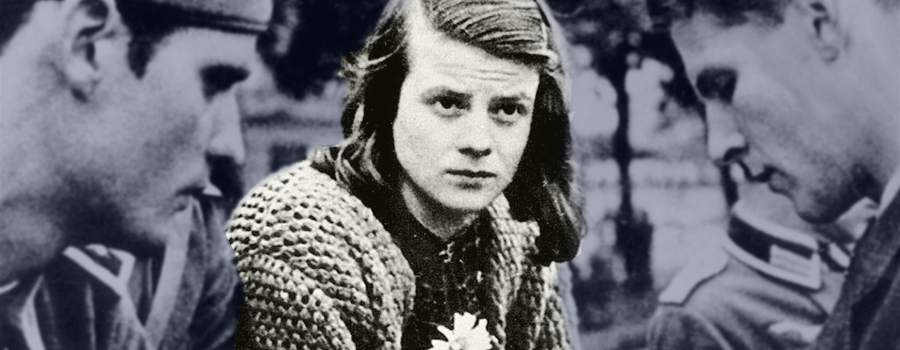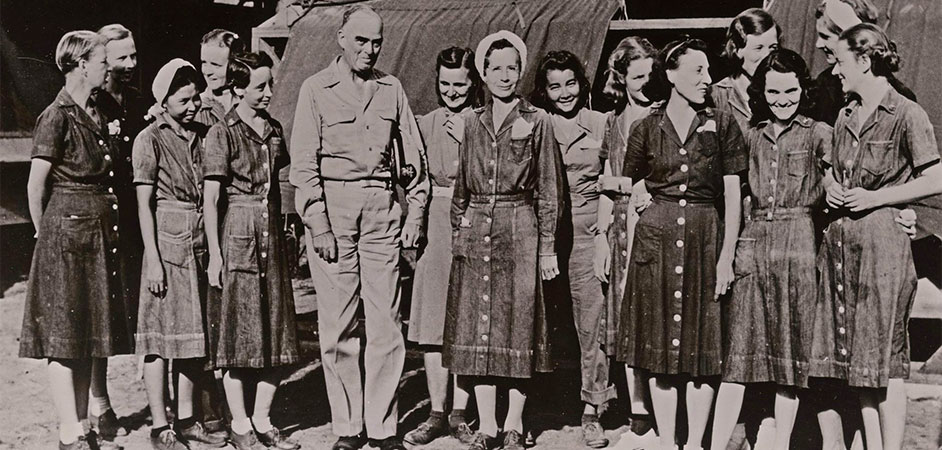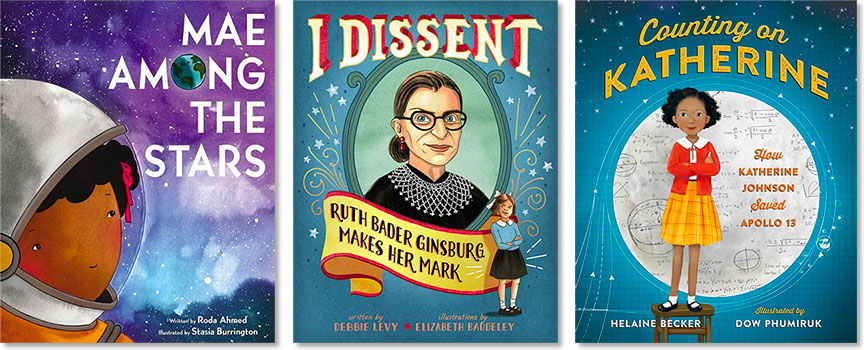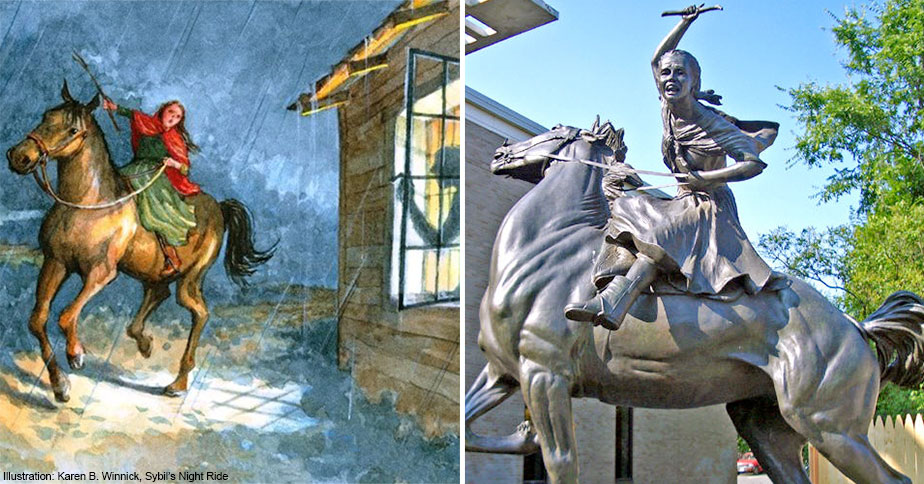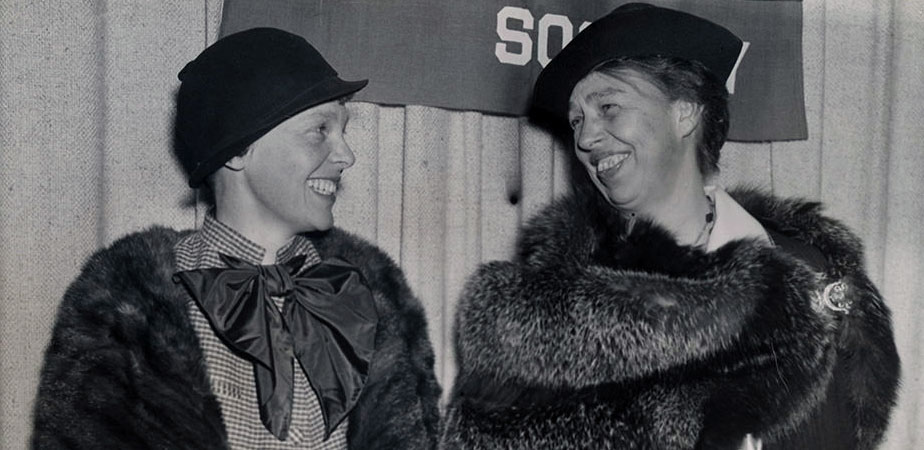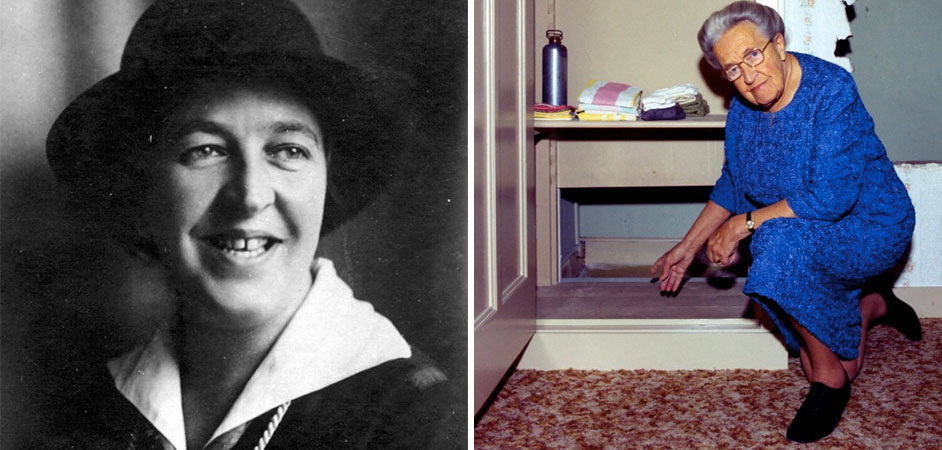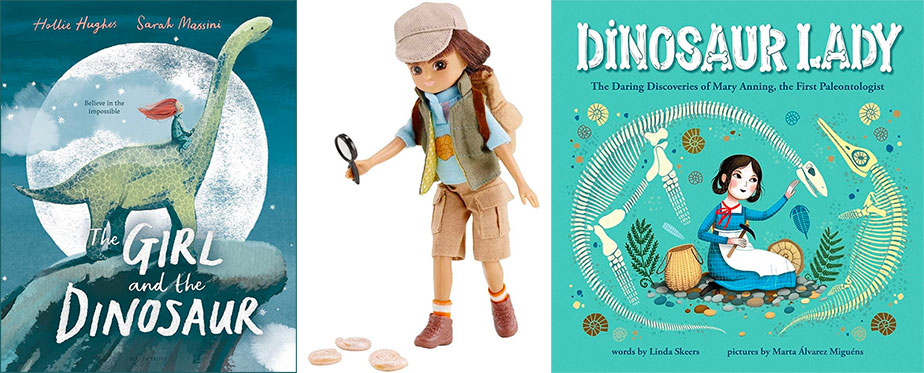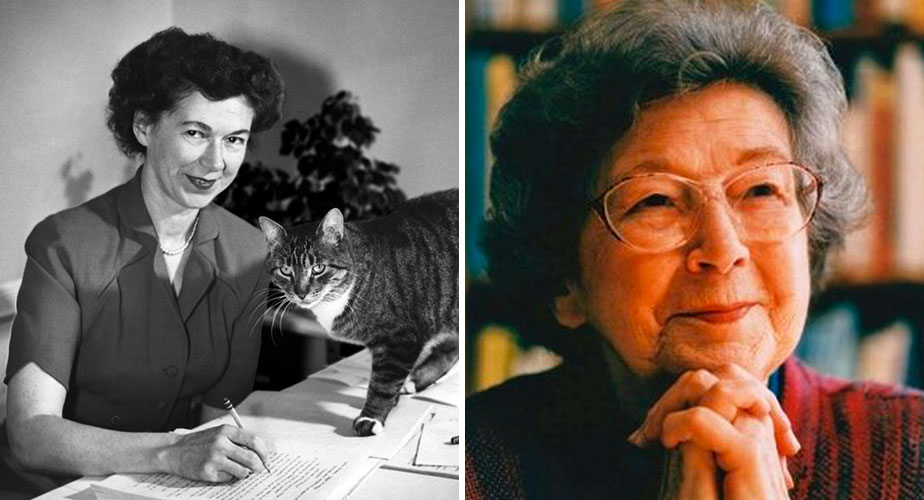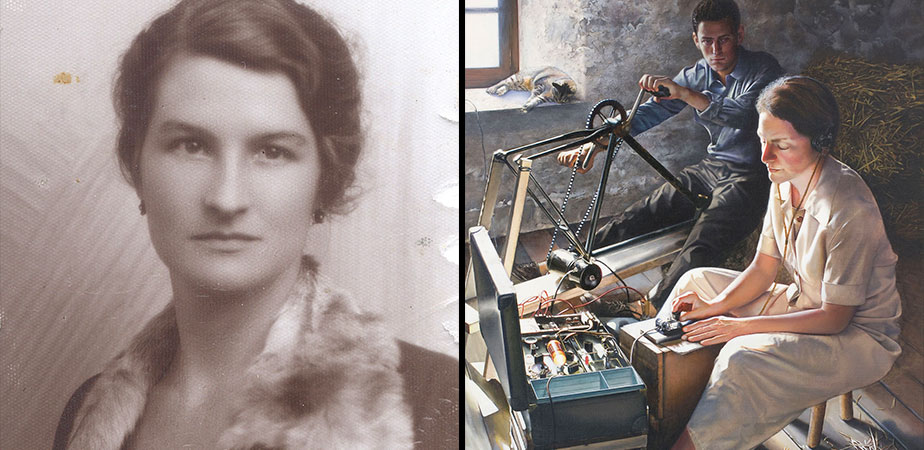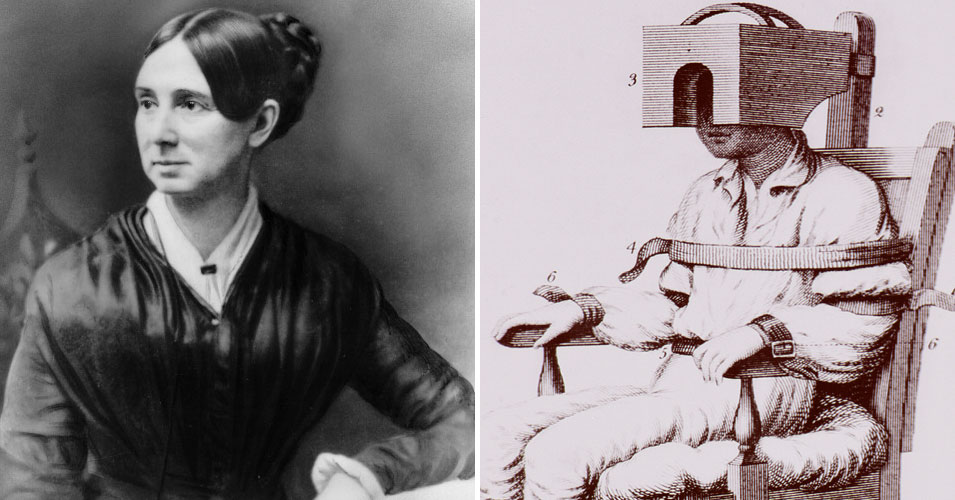"Such a fine, sunny day, and I have to go, but what does my death matter, if through us, thousands of people are awakened and stirred to action?"
"Laws change. Conscience doesn't." — Sophie Scholl
When Sophie Scholl was born to a German family in Forchtenberg on May 9, 1921, nobody could have expected that she would give her life at age 21 for her anti-Nazi resistance work. Scholl was a key member of the White Rose, a student resistance group in Munich, and remains one of Germany's great dissenting heroes of the World War II. Despite that, few people outside of Germany know of her name or of the courage that allowed her to face death rather than give up her belief in what was right. Continue reading Continue reading









